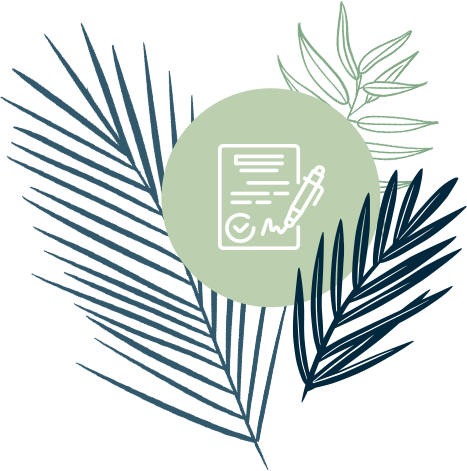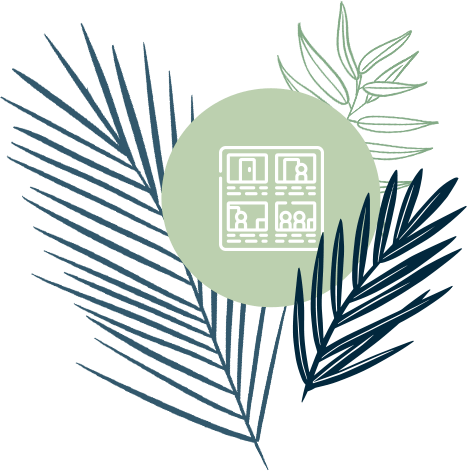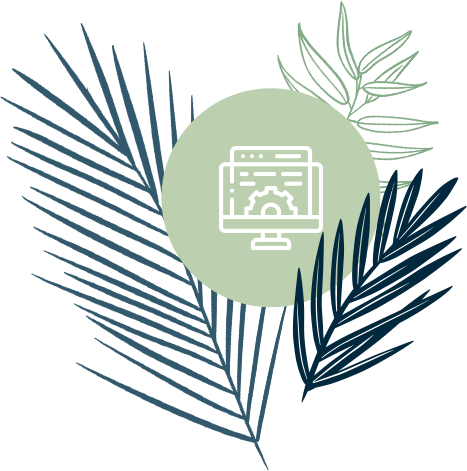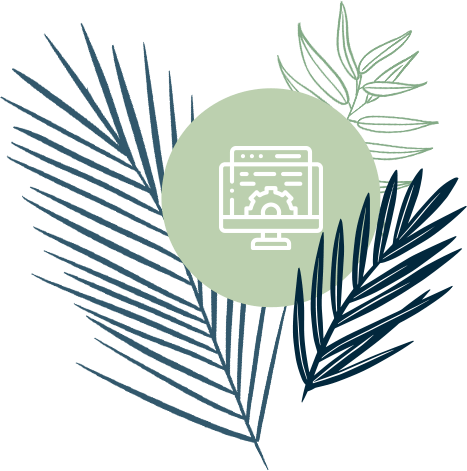Process
Our standard development methodology
Contract awarded implementation plan
- Read more
Following this meeting, Captovate will develop an implementation plan. This would map out the project’s processes, milestones and constraints as well as the overarching approach to the learning design. It is through this plan that tasks would be allocated to the different production staff.
Captovate works within an agile environment, working on different sections at their stage of readiness, rather than a linear approach of finishing one before moving onto another. For example, a complex interaction may be required, and that can be constructed by our e-learn specialists while the remaining content is finalised. Equally video content could be scripted first, allowing the video capture to occur while the module script is being designed. Having a coordination role, undertaken by e-learn specialist Karen Hawkes, ensures time efficiencies.
Kick off
- Read more
Following this meeting, Captovate will develop an implementation plan. This would map out the project’s processes, milestones and constraints as well as the overarching approach to the learning design. It is through this plan that tasks would be allocated to the different production staff.
Captovate works within an agile environment, working on different sections at their stage of readiness, rather than a linear approach of finishing one before moving onto another. For example, a complex interaction may be required, and that can be constructed by our eLearn specialists while the remaining content is finalised. Equally video content could be scripted first, allowing the video capture to occur while the module script is being designed. Having a coordination role, undertaken by eLearn specialist Karen Hawkes, ensures time efficiencies.
Design
- whether there is an introductory module directing people in using the system and giving an overview of the course and outcomes;
- how the different modules are accessed (linear or cyclical, which requires the users to come back to the first slide to navigate to the next module);
- whether activities are embedded within the content, or only at the end; and
- our approach to activity based learning (see information below).
- Read more
It is also at this stage that our designer would create the initial graphics.
This includes:
- presentation of screens (within NTG branding)
- graphical treatments
- activity styles
- avatars
- module templates
- This allows the designer to create static representations and receive feedback from the client before going into full build.
Design
- whether there is an introductory module directing people in using the system and giving an overview of the course and outcomes;
- how the different modules are accessed (linear or cyclical, which requires the users to come back to the first slide to navigate to the next module);
- whether activities are embedded within the content, or only at the end
- our approach to activity based learning.
- Read more
It is also at this stage that our designer would create the initial graphics.
This includes:
- presentation of screens
- graphical treatments
- activity styles
- avatars
- module templates
- This allows the designer to create static representations and receive feedback before going into full build.
Content development and storyboarding
- Read more
Once the PowerPoint storyboards are signed off we can commence developing the narration scripts. This allows our script writer to understand what will appear on the screen, and what instruction and narrative needs to be given. At this stage we will provide sample voice recordings to ensure you are happy with the quality of the audio and talent.
Scripts are signed off before progressing to voice recordings. We have an agreement with our audio company that errors in the recording, for example mispronunciation, will be re-recorded free of charge.
At the same time our elearn developer could then commence storyboarding. This means that the core content is developed and designed, without the full animation effects. We may also use stock imagery or example graphics, so that sign off can be efficiently received on the content. We then agree to and collect any additional assets. Once decided, the developer can go back and add the polish through interactions and engagement, adding sourced images etc.
Once we have sign off on slides/content and the scripts, we are able to progress to adding all the sound files and final polish, heading towards the final product.
Content development and storyboarding
- Read more
Once the PowerPoint storyboards are signed off we can commence developing the narration scripts. This allows our script writer to understand what will appear on the screen, and what instruction and narrative needs to be given. At this stage we will provide sample voice recordings to ensure you are happy with the quality of the audio and talent.
Scripts are signed off before progressing to voice recordings. We have an agreement with our audio company that errors in the recording, for example mispronunciation, will be re-recorded free of charge.
At the same time our e-learn developer could then commence storyboarding into Articulate. This means that the core content is developed and designed, without the full animation effects. We may also use stock imagery or example graphics, so that sign off can be efficiently received on the content. We then agree to and collect any additional assets. Once decided, the developer can go back and add the polish through interactions and engagement, adding sourced images etc.
Once we have sign off on the Articulate slides/content and the scripts, we are able to progress to adding all the sound files and final polish, heading towards the final product.
Testing
- terminology used is consistent throughout the training materials;
- the final product is free of spelling and grammatical errors;
- all media elements such as graphics, animations, video and audio must be thoroughly checked for quality, function, file size and format;
- all media elements must be thoroughly checked against the scripts and storyboards to ensure learning outcomes are achieved;
- all navigational interactivity, including button clicks and mouse hovers, must be quality checked;
- all subtitles must be checked against audio to ensure accurate synchronisation;
- ensuring consistent branding;
- browser and mobile testing;
- (WCAG) level 2.1, the design, content and any downloadable documents of the eLearning module must meet all WCAG requirements.
Testing
- training material aligns with NTG processes;
- terminology used is consistent throughout the training materials; and
- the final product is free of spelling and grammatical errors;
- all media elements such as graphics, animations, video and audio must be thoroughly checked for quality, function, file size and format;
- all media elements must be thoroughly checked against the scripts and storyboards to ensure learning outcomes are achieved;
- all navigational interactivity, including button clicks and mouse hovers, must be quality checked;
- all subtitles must be checked against audio to ensure accurate synchronisation;
- ensuring consistent branding;
- browser and mobile testing;
- (WCAG) level 2.1, the design, content and any downloadable documents of the e-Learning module must meet all WCAG requirements.











